Toolbox
Toolbox
You are a trainer, teacher or educator: in this toolbox you will find ways to develop tolerance and prevent violent radicalisations.
The resources have been developed by nine educational organisations across Europe on the basis of their experience. Here you will find case studies and resources aimed at increasing your knowledge and skills, and suggestions for activities in the classroom so that you can actively participate in long-term radicalisation prevention.
Selected sources will help you respond adequately when you discover a problem
Resources to develop knowledge and skills
As educators, we have a role to play to prevent and detect violent radicalisation. By understanding the processes underlying it, we will be able to improve our daily practices in order to promote tolerance and respect.
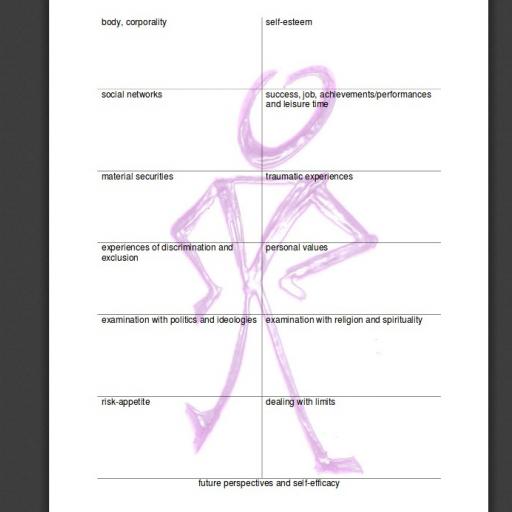
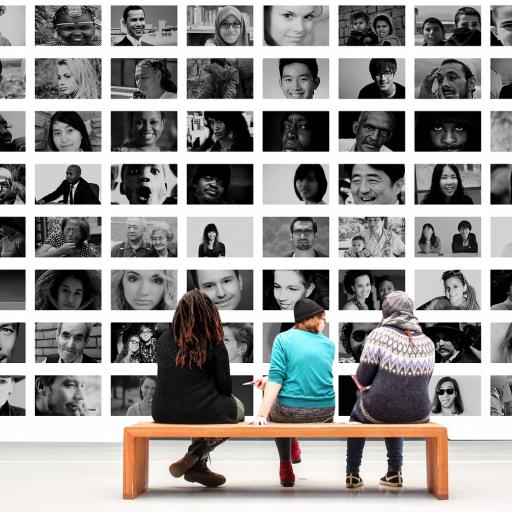


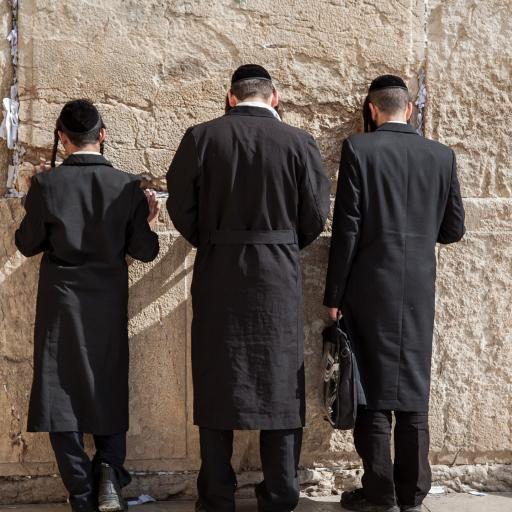
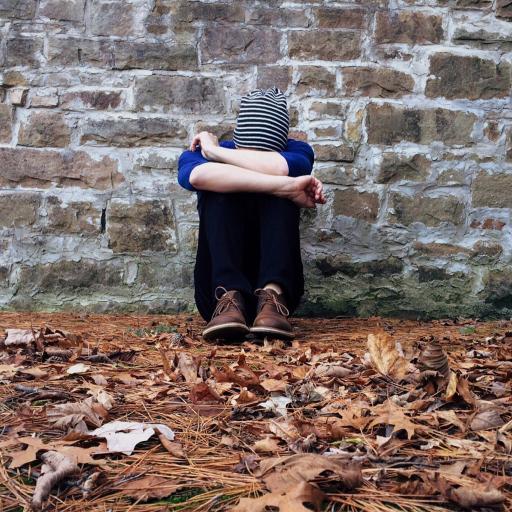
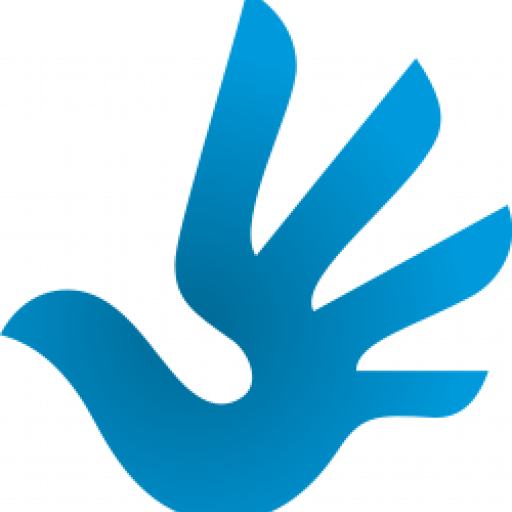

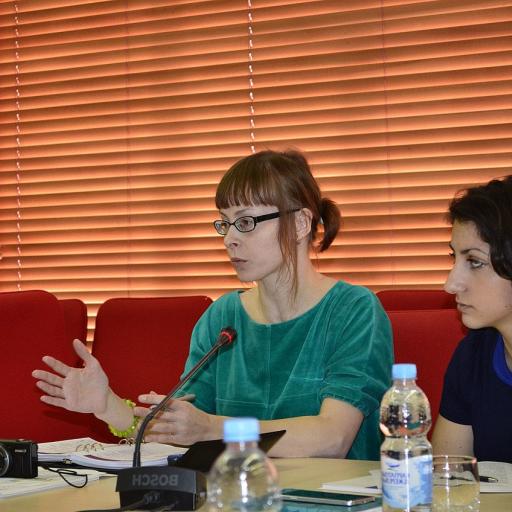
Activities to implement with learners
Developing a climate of tolerance in which learners understand and accept differences is key to prevent radicalisation. A variety of learning activities to implement in the classroom are available. They aim at fighting intolerance and hate factors such as racism, antisemitism or xenophobia.
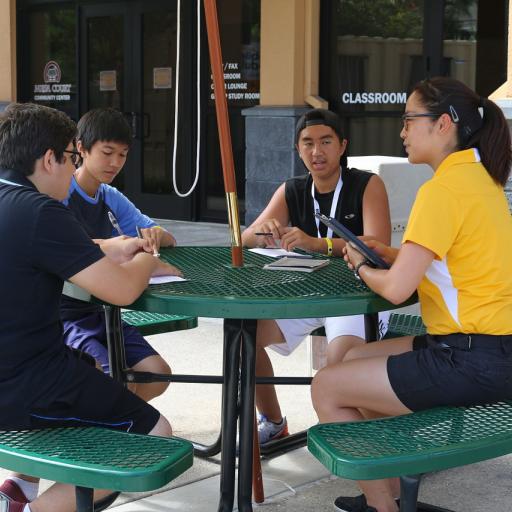
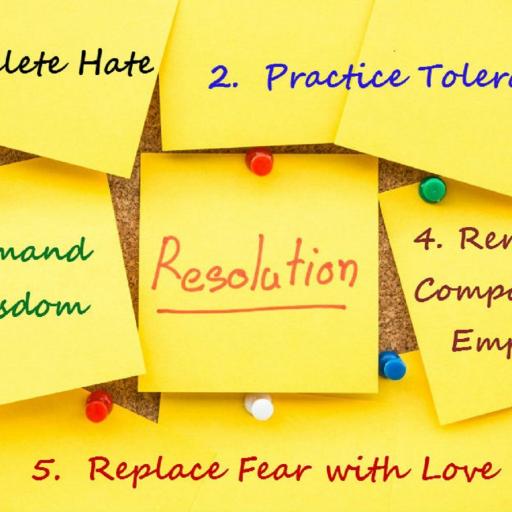
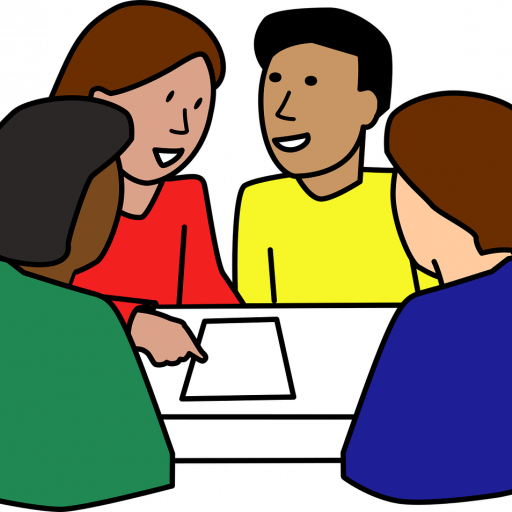


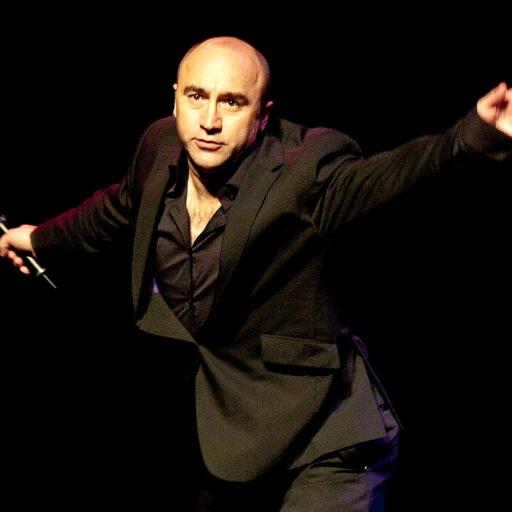
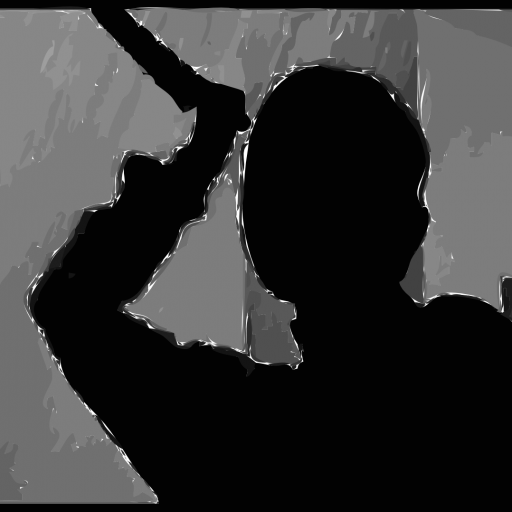








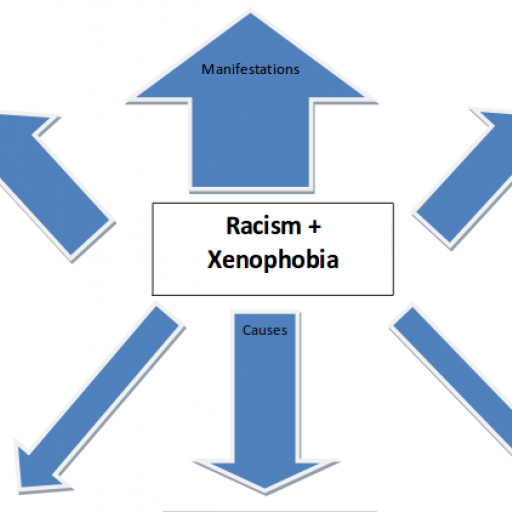
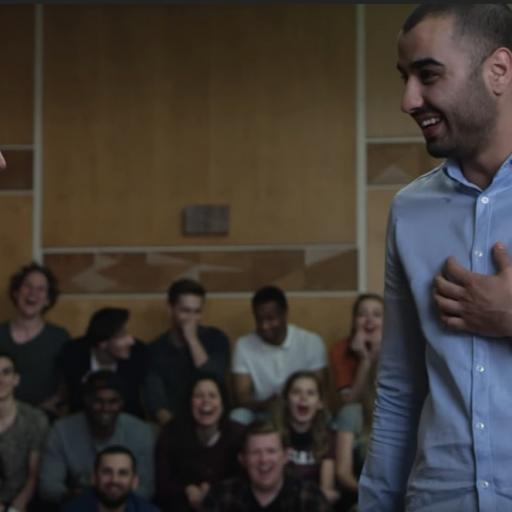
Case studies to understand better radicalisation processes
What can we do when we face a risky situation? Several cases of non satisfactory situations in schools are analysed. They help us defining our role and planing our reaction.
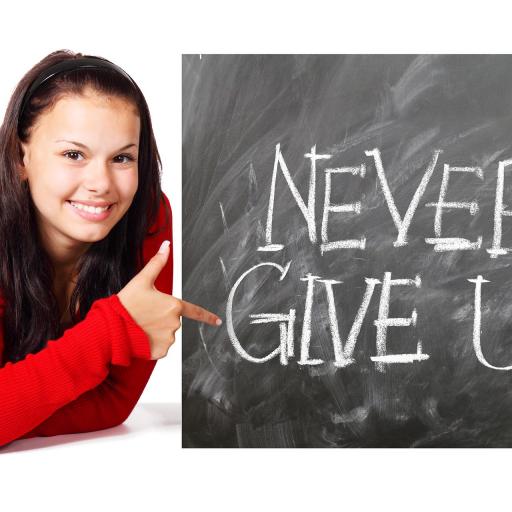
A young woman teacher teaching English as a second language to a class (30) of young male students aged 18-19, from different cultural backgrounds and with no knowledge of the language and local culture, with a low level of English as a common language.
Teacher’s predicament as she…
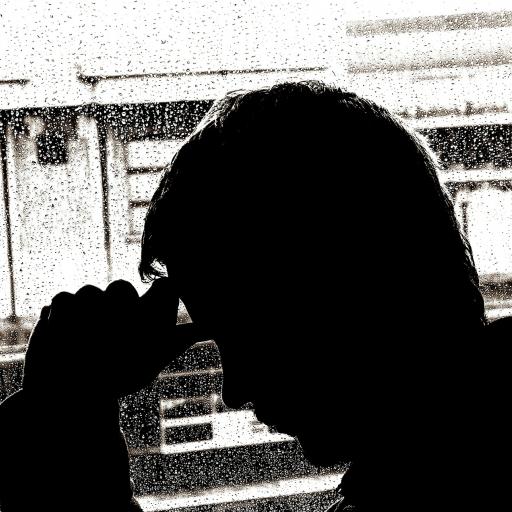
Tim is a young boy that is physically and psychologically abused by a group of male colleagues from his school. Tim suffers consecutive assaults, but he chooses to stay silent beacuse of the fear and anxiety that the situations incite in him. Apart from the support he receives from a…
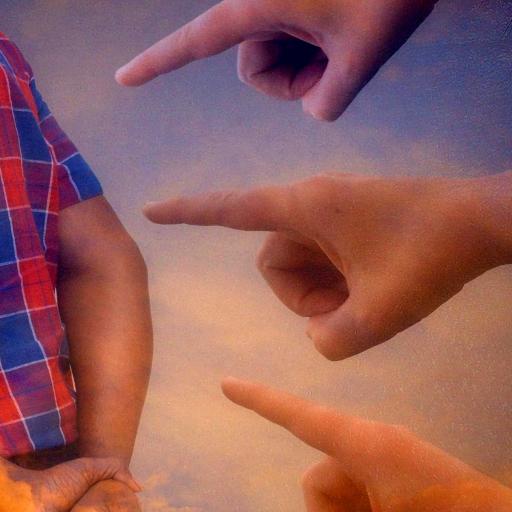
A Roma student was transferred to a very good computer science high school with admission restriction policies based on students’ high achievements. He had a scholarship but his classmates haven't been told about it. The Roma newcomer did not know anybody and the other students did not…
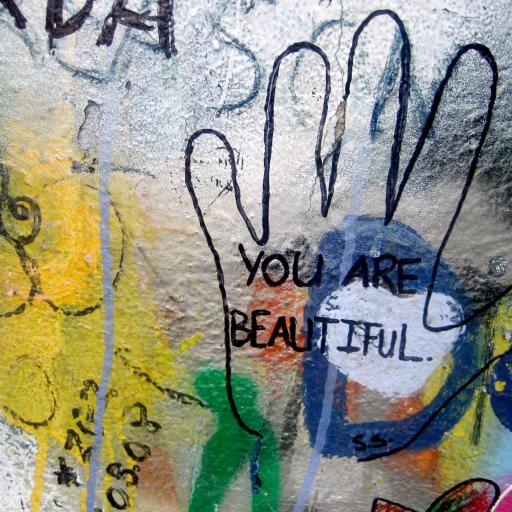
A new student came to a high school class with students from different cultural backgrounds. The class was well-organised and students knew each other. The newcomer did not know anybody. He was impulsive, violent in gestures and language; students reacted against him. After being informed about…
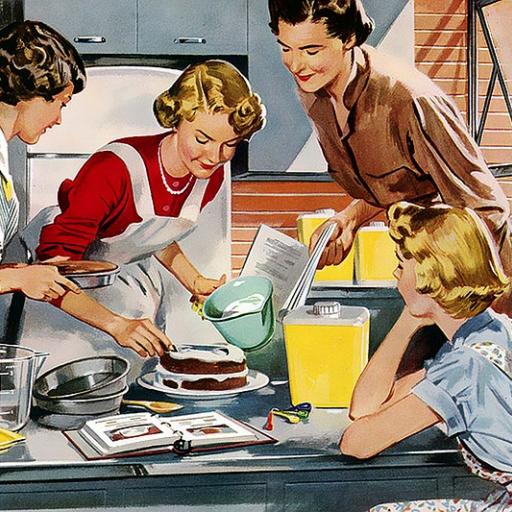
Abigáil is a 15-year-old Gypsy student, who attends the first level of basic vocational training. She goes to school only because of the legal obligation that exists until the age of 16. Despite being very intelligent and with an enormous interest in literature, she is very clear that when she…
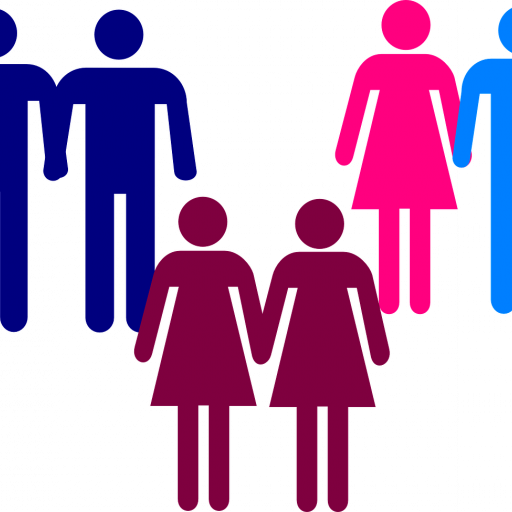
One student, let's call him Joseph, is asked to leave the military boarding school that he attends because he showed he had feelings for one of his dormitory colleagues. A school employee saw what happened and reported it to the school management. Joseph was automatically excluded by his…
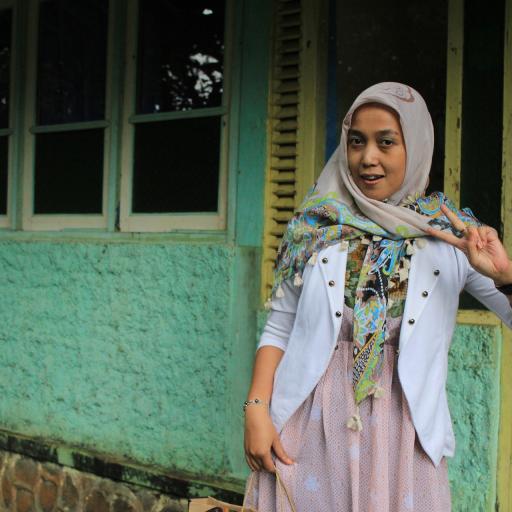
This is a classroom of twenty students (aged 17-18) at a technical high school, who belong to the 'majority' group, i.e. they are Christian (practising and non-practising). Two new students arrive to the class from Syria and they are Muslim (Mariam and Rami - brother and sister). They are facing…
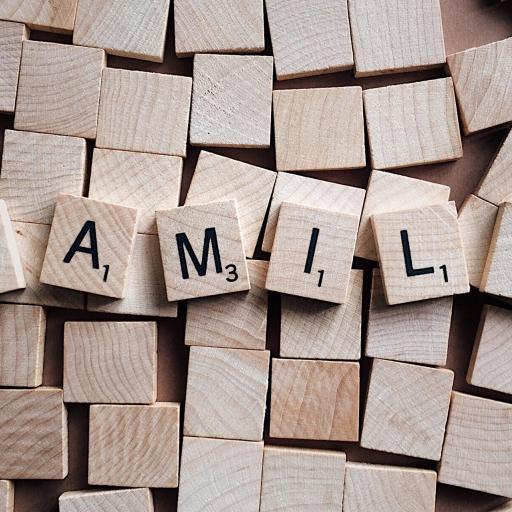
Luis is a 16-year-old student born in Madrid to a Spanish family of the middle-low class in which both parents work. She has sporadic jobs doing housework in different homes and he is a clerk in a company. Luis also has…
The trainer is worried that maybe one of the students has become a member of a radical religious community. The trainer heard that he is now frequenting a mosque which is alleged to host hatemongers, and the trainer has noticed minor changes in the student's behaviour. For example, he is…
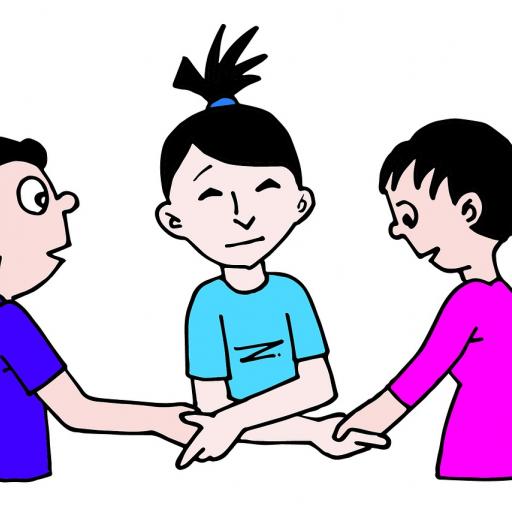
Pablo and Ahmed are two students of a basic vocational training course at a school in Madrid. They live in different neighborhoods, they do not have groups of friends in common other than their schoolmates. They go to…
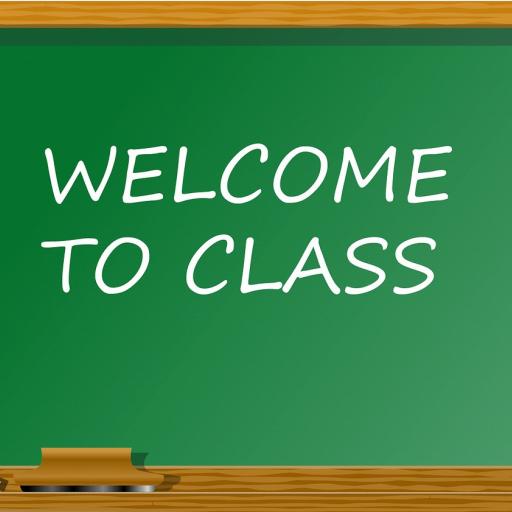
An underage student of Moroccan origin is a student in a compulsory training course.
His family moved to Italy when he was a child, so he received his…
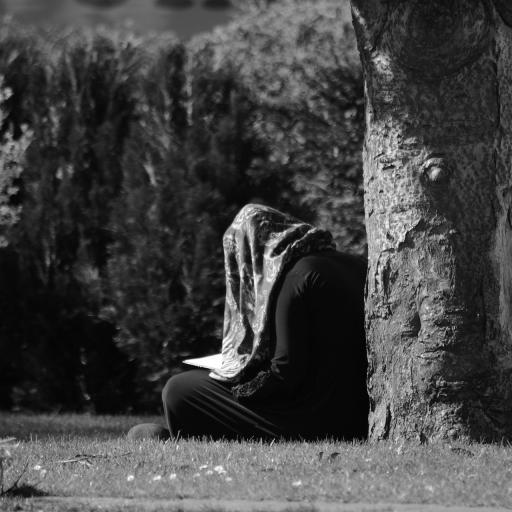
Repeated thefts in a school are blamed on minority background students.

The trainer noticed an increasingly intolerant attitude in a participant of an adult basic education class. There are 6 people of different nationalities in the class (3 Austrians, 1 Tunisian, 2 Moroccans). The young Austrian man has displayed problematic behaviour before, but recently his…
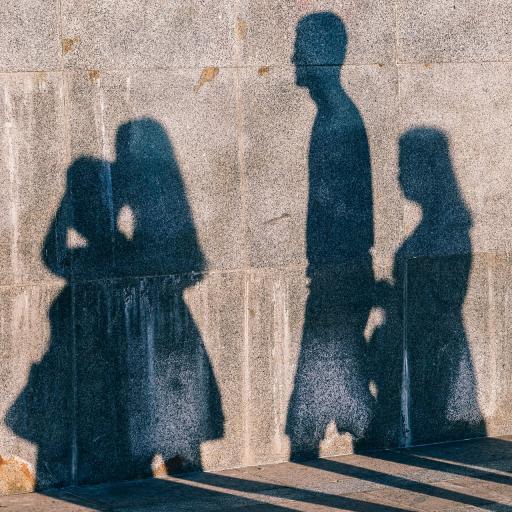
Without being asked, a student reports during a school class (German/communication/society) about how he had been verbally attacked several times on the streets of his town in a racist way, and about how traumatized he is about this. At the moment when the attacks happened, he found himself…
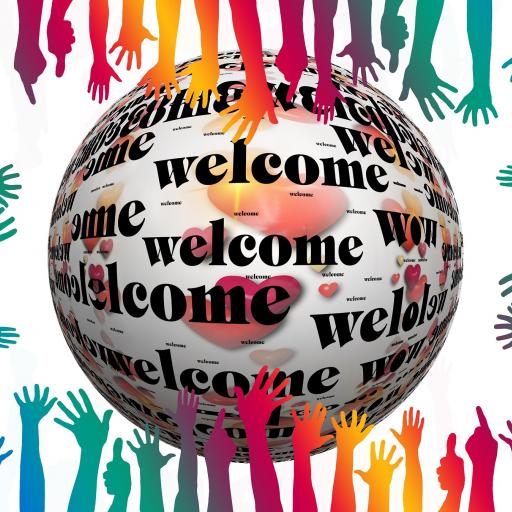
Adnan and Sayid are two young Syrian refugee students. They came to Cyprus with their families and started attending a public school, with predominantly Greek Cypriot students.
The two boys can't speak the language very well and the other students do not talk with them. In the class they…
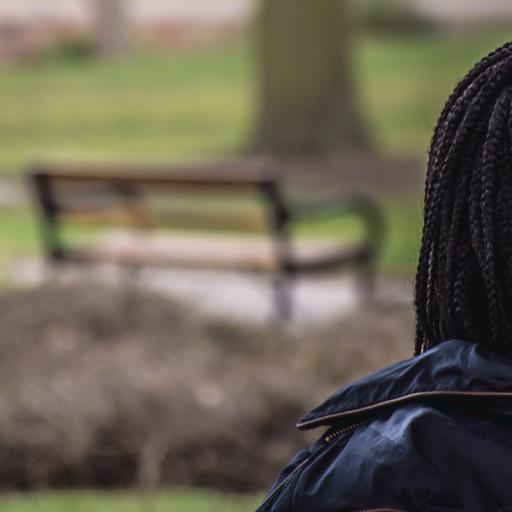
During the lesson of physical education, immediately after a basketball game and whilst still on the court, members of one of the teams physically attack a girl from the opposing team after she performs very well and her performance leads to the winning of her team. She is a student of African…
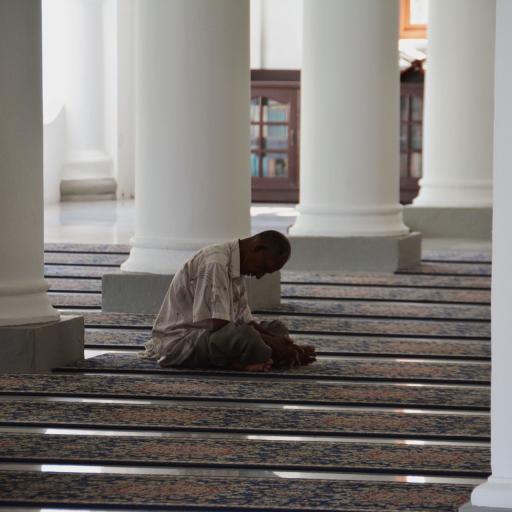
We are in the Ramadan period that coincides with the final month of a training course for adult prisoners.
The practising Muslim students are struggling to follow lessons and in particular group exercises, blaming fatigue caused by…
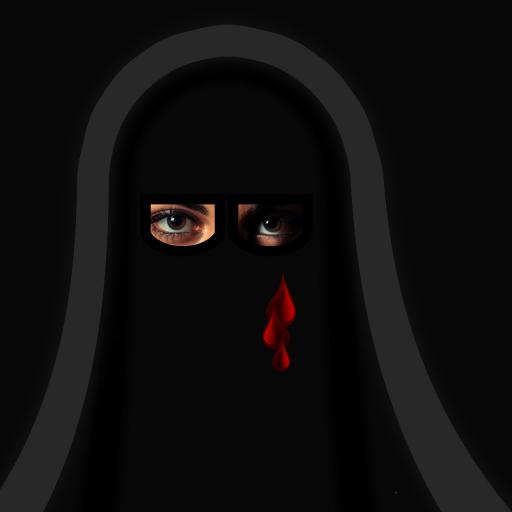
Ângela, 19, is a Portuguese descending from a family of non-practising catholics, living in the Netherlands. She was the type of girl who used to smoke, enjoyed having fun, occasionally drank… in a general way, she was a very sociable girl.
In a short time, she began…
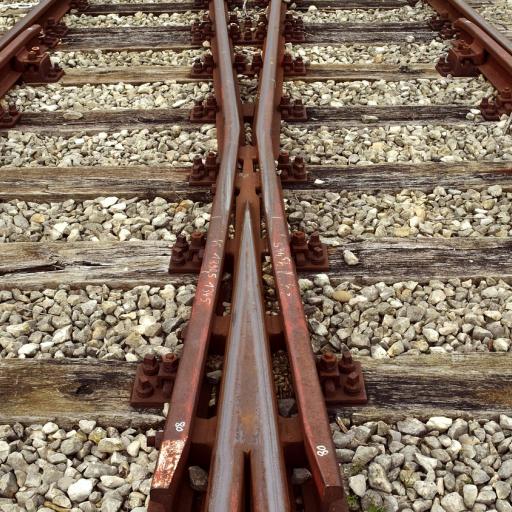
During a break between classes a group of students was standing outside, talking. The conversation got louder and louder, until it finally escalated to shouting. There was swearing, insults and other inappropriate words (including several stereotypes) targeted against three immigrant students,…
